Vortex flow meters are popular for measuring steam due to their durability and suitability for high-temperature and high-pressure conditions. However, improper installation or misuse can lead to significant accuracy issues, system failures, or long-term reliability problems. This article outlines the top 5 mistakes engineers and technicians often make—and how to avoid them.
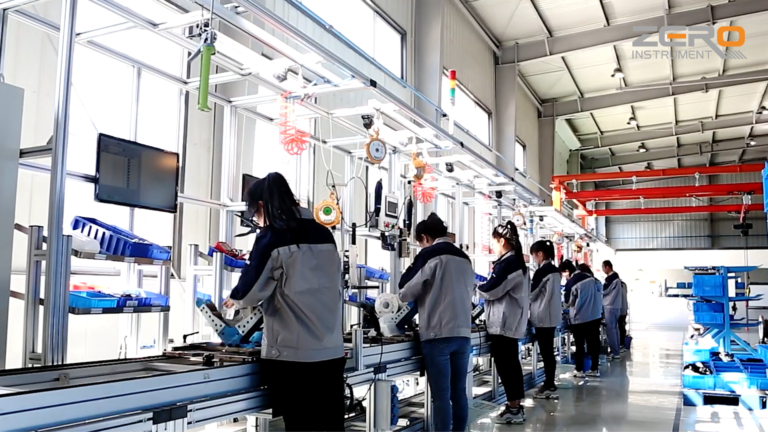
❌ Mistake 1: Inadequate Straight Pipe Length
Why it matters:
Vortex shedding requires a stable, fully developed flow profile. If elbows, valves, or reducers are too close to the meter, flow turbulence can lead to erratic readings or signal loss.
Solution:
Ensure minimum straight-run piping:
Upstream: ≥ 15–25 × DN
Downstream: ≥ 5 × DN
Use flow straighteners if space is limited.
📌 Tip: DN refers to nominal pipe diameter.
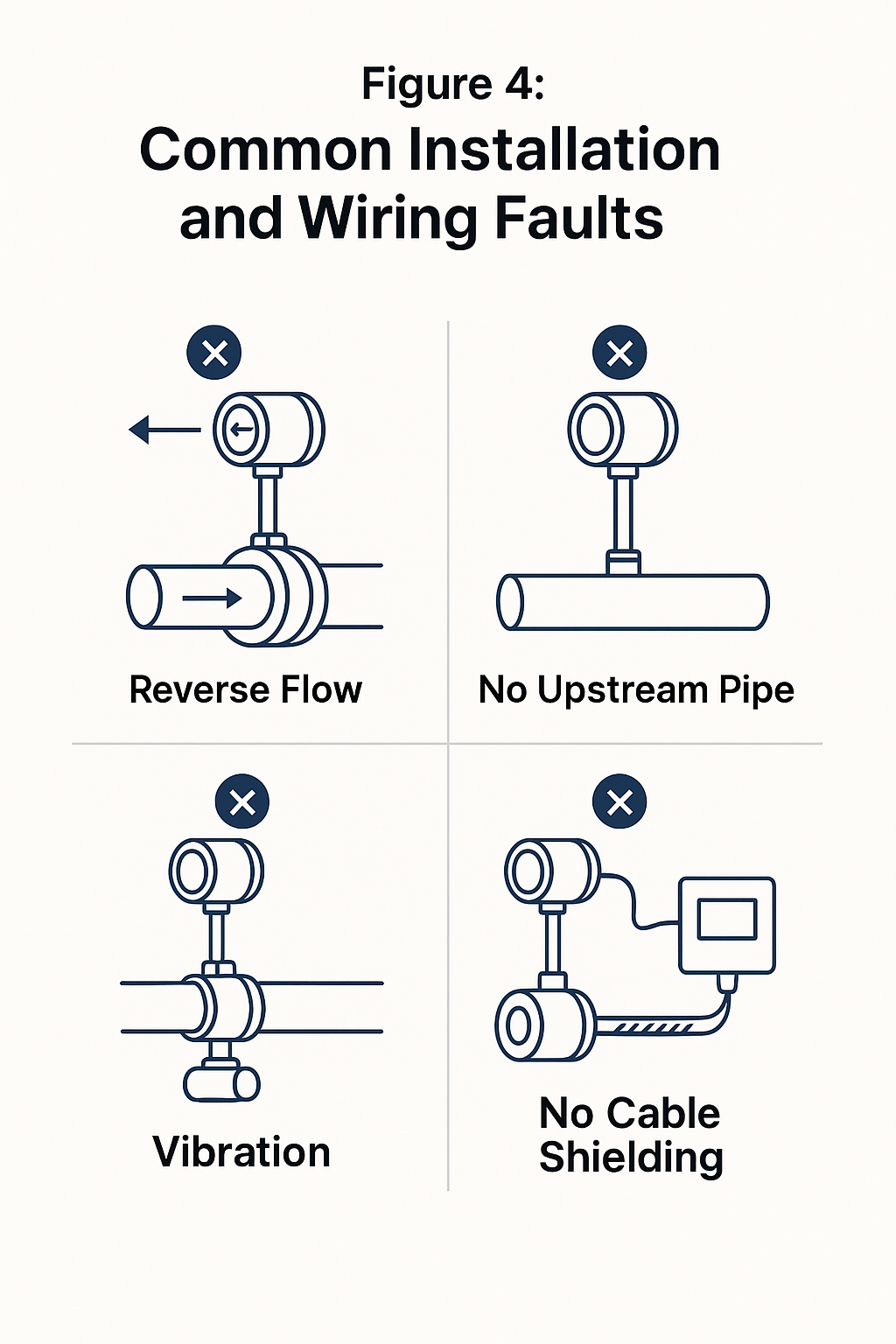
❌ Mistake 2: Installing in Wet or Condensate-Prone Locations
Why it matters:
Condensate droplets can cause noise, false vortex detection, or sensor damage. Accumulated liquid can also block the vortex path or corrode components.
Solution:
Install steam traps and drip legs upstream.
Use horizontal mounting with the sensor above the pipe centerline.
Avoid low points or pipe sag areas.
🧠 Insight: Wet steam = unstable signal. Dry steam = stable measurement.
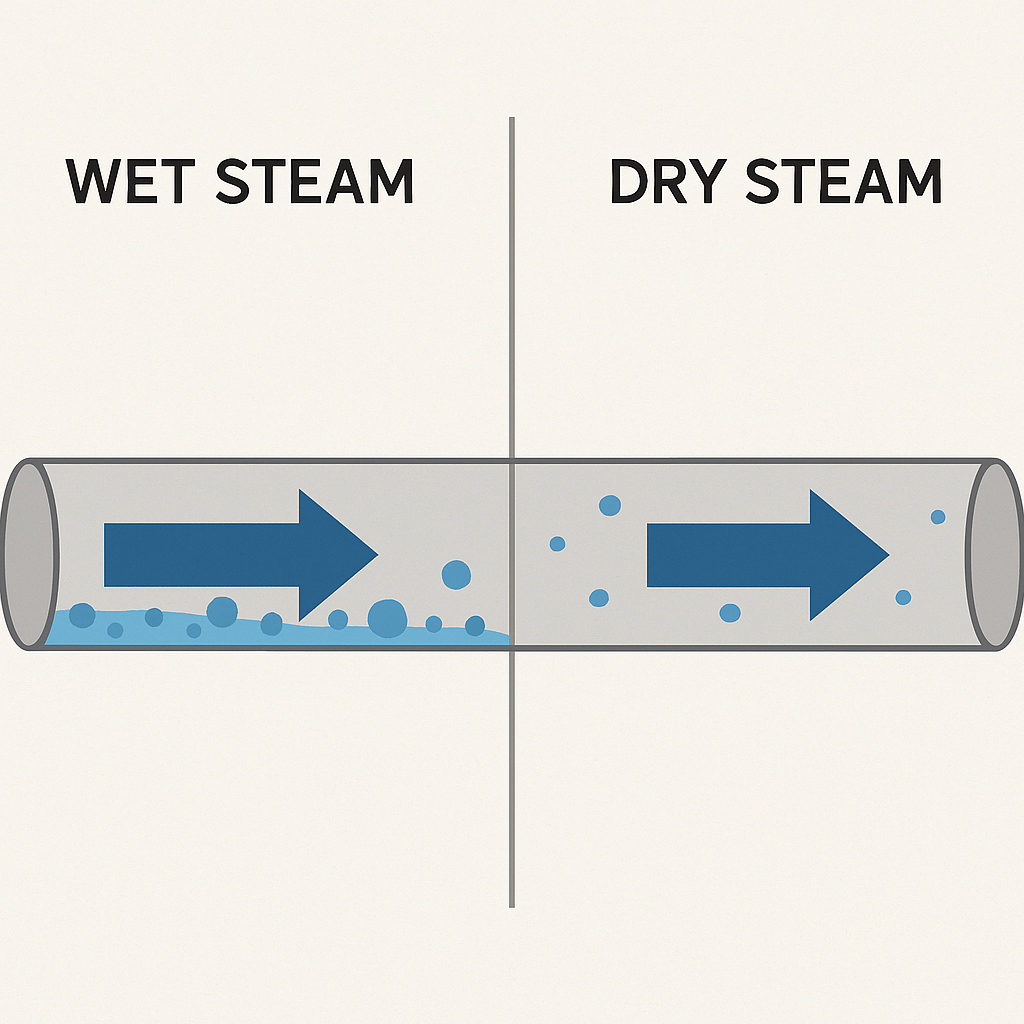
❌ Mistake 3: Wrong Meter Size Selection
Why it matters:
Oversized meters may not generate sufficient vortex signals at low flows. Undersized meters may experience excessive pressure drop or vibration.
Solution:
Match meter size to actual flow range, not just pipe size.
Use manufacturer sizing charts or consult application engineers.
📊 Example: For DN80 saturated steam line, flow should be within 500–5000 kg/h for accurate measurement.
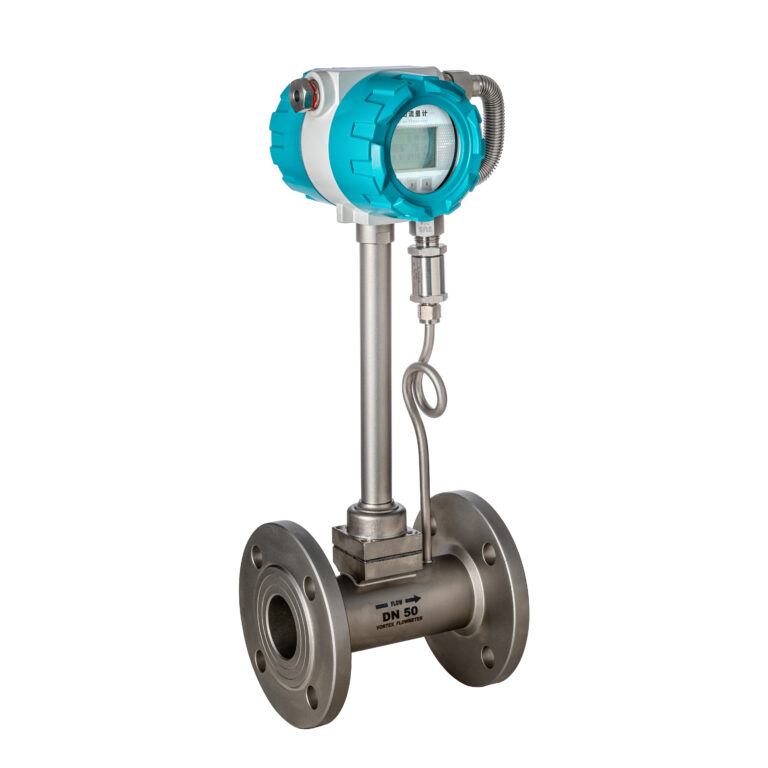
❌ Mistake 4: Ignoring Vibration or Mechanical Noise
Why it matters:
Excessive pipe vibration can interfere with vortex frequency detection, leading to false counts or unstable signals.
Solution:
Avoid installation near pumps, compressors, or heavy-duty valves.
Use support brackets to reduce vibration.
Choose meters with anti-vibration design if needed.
🎯 Tip: Vibration is a leading hidden cause of flow signal instability.
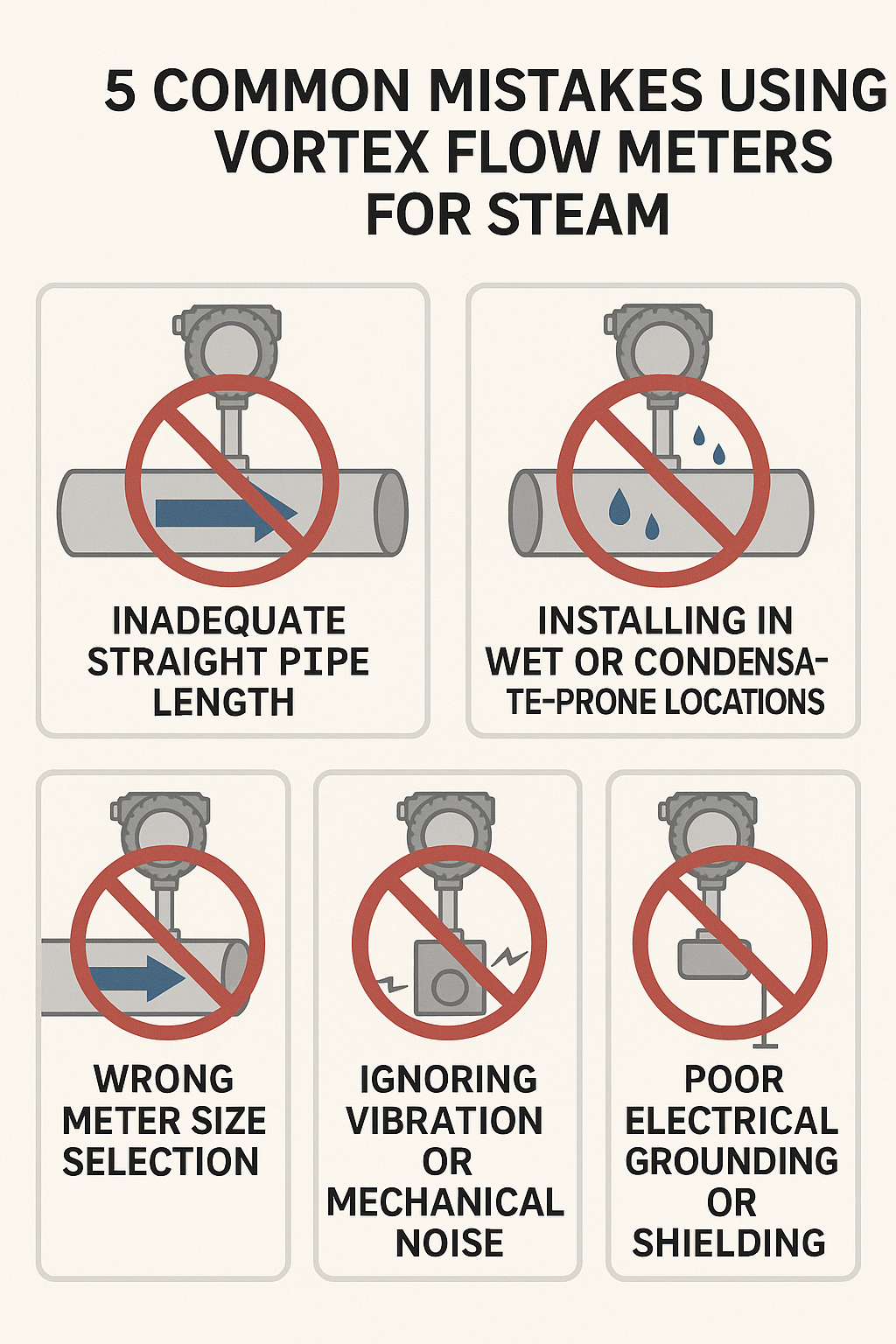
❌ Mistake 5: Poor Electrical Grounding or Shielding
Why it matters:
Steam environments often have strong EMI (electromagnetic interference) from motors or relays, which can corrupt signal transmission.
Solution:
Use shielded signal cables.
Ground both the meter body and shield properly.
Keep control wiring away from power cables.
🔌 Note: Always follow manufacturer’s wiring diagram.
✅ Bonus Tip: Use a Bypass Line for Maintenance
For steam applications, consider installing a 3-valve bypass manifold to allow meter removal or inspection without process interruption.
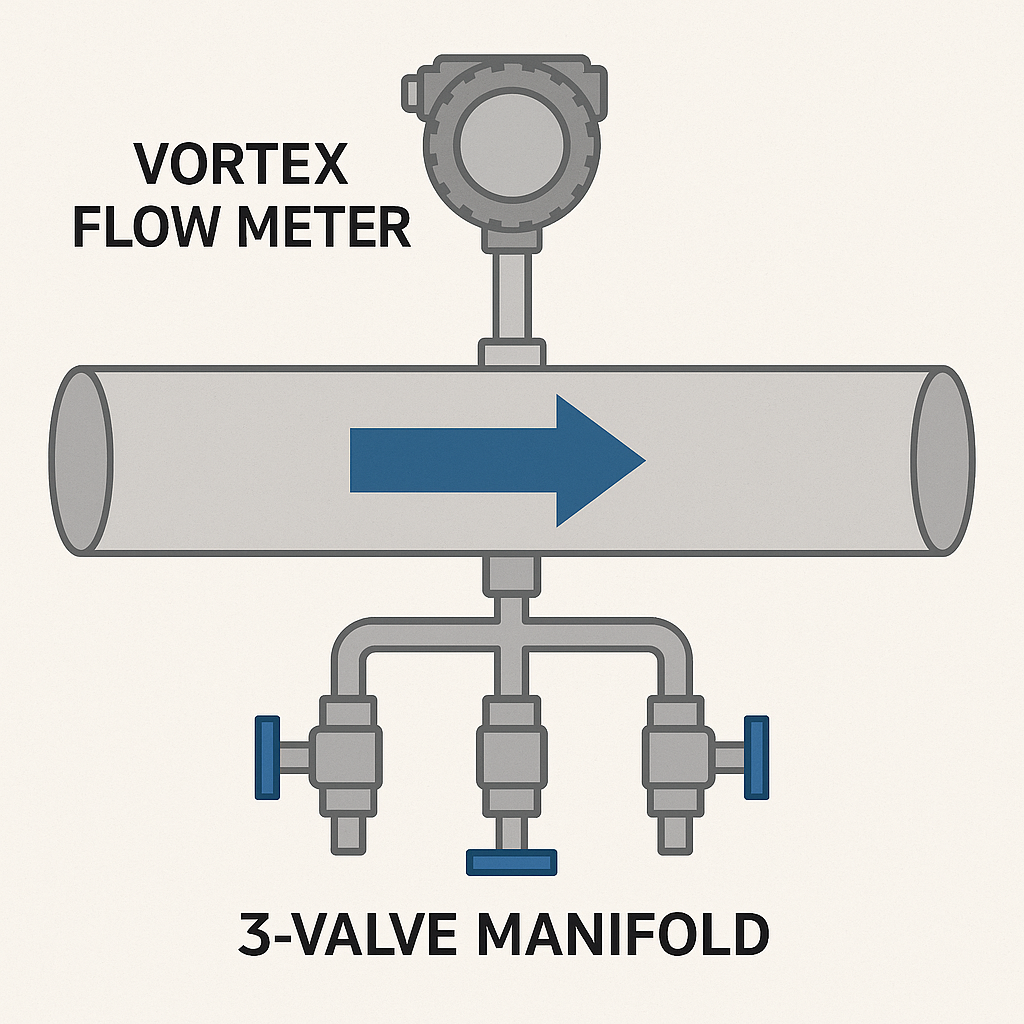
📌 Conclusion
Even the best vortex flow meters can deliver poor results if installation and operating conditions are neglected. By avoiding these five common mistakes, you can ensure reliable, long-term steam flow measurement with minimal maintenance and downtime.
